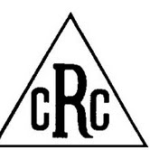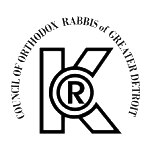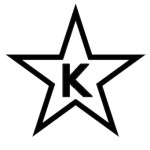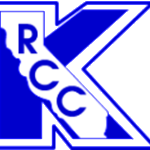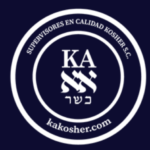
Correction on Page 38 of Pesach Magazine – Tequila
In the Magazine it says that it is approved by the OK – It should read approved by the KA.
The correct text is below.
The following Tequila, Mezcal and Sotol are approved for use on Pesach 5784 (2024) without a special Pesach designation on the label. These products are approved by the KA Aleph Aleph Hashgacha Agency…
Patron Spirits Mexico
Gran Patron Platinum Silver Tequila
Gran Patron Smoky Silver Tequila
Patron Silver Tequila
Roca Patron Silver Tequila
Tequila 100% Agave Silver Gran Patron Platinum
Tequila 100% De Agave Silver Patron
Tequila Blanco “Patron”
Brown Forman Tequila Mexico
Tequila El Jimador Blanco 100% Agave
Tequila Herradura Blanco 100% Agave
Tequila Antifuo De Herradura Blanco 100% Agave
Tequila 100% Don Eduardo Blanco
Tequila Hacienda Del Cristero Blanco 100% Agave
Tequila Crespusculo 750 M> Blanco
Tequila Don Modesto 750 ML Blanco
Tequila Ds Company 750 ML Blanco
Tequila El Bandeno 750 ML Blanco
Tequila Estrella Azul 750 ML Blanco
Tequila Gran Ciervo JOven De Jalisco 750 ML Blanco
Tequila Hechicero 750 ML Blanco
Tequila Toro De Lidia 750 ML Blanco
Tequila Regalo De Dios 750 ML Blanco
Tequila Rejon Blanco 750 ML
Tequila Rejon Blanco 1.7501
Tequila Rejon Blanco 100% De Agave 1 L
Tequila Rejon Blanco 11
Tequila Rivesca 50 ML Blanco
Tequila Toro De Lidia 1,750 ML Blanco
Tequila Toro De Lidia 750 ML Blanco
Amaras Cupreata
Amaras Espadin Joven
Amaras Espadin Resposado
Amaras Login Chuparrosa
Amaras Logia Jabali
Amaras Logia Sacatoro
Amaras Logia Sierra Negra
Amaras Logia Tepeztate
Amaras Login Tobala
Amores Cupreata
Amores Espadin Joven
Amores Espadin Reposado
Amores Logia Sierra Negra
Amores Logia Tobali
Mvm Verde Momento
Verde Amaras
Verde Ma
Vinomex (Sotol)
Fiesta Chihuahua
Sotol Excentrico Resposado
Sotol Hacienda De Chihuahua Anejo
Sotol Hacienda De Chihuahua Anejo Oro Puro
Sotol Hacienda De Chihuahua Blanco, Silver O Plata
Sotol Hacienda De Chihuahua HS
Sotol Hacienda De Chihuahua Platinum
Sotol Hacienda De Chihuahua Resposado
Sotol Hacienda De Chihuahua Rustico
Sotol Mesh and Bone
Sotol Mesteno Joven
Sotol Puntagav

Clarification: Nature Source Smokey Bacon Flavored Snack Mix
People reached out because they saw the OU on the Nature Source Smokey Bacon Flavored Snack Mix. It is correct. It is only bacon flavored and there is no actual bacon in it. It is pareve and under the hashgacha of the OU.



